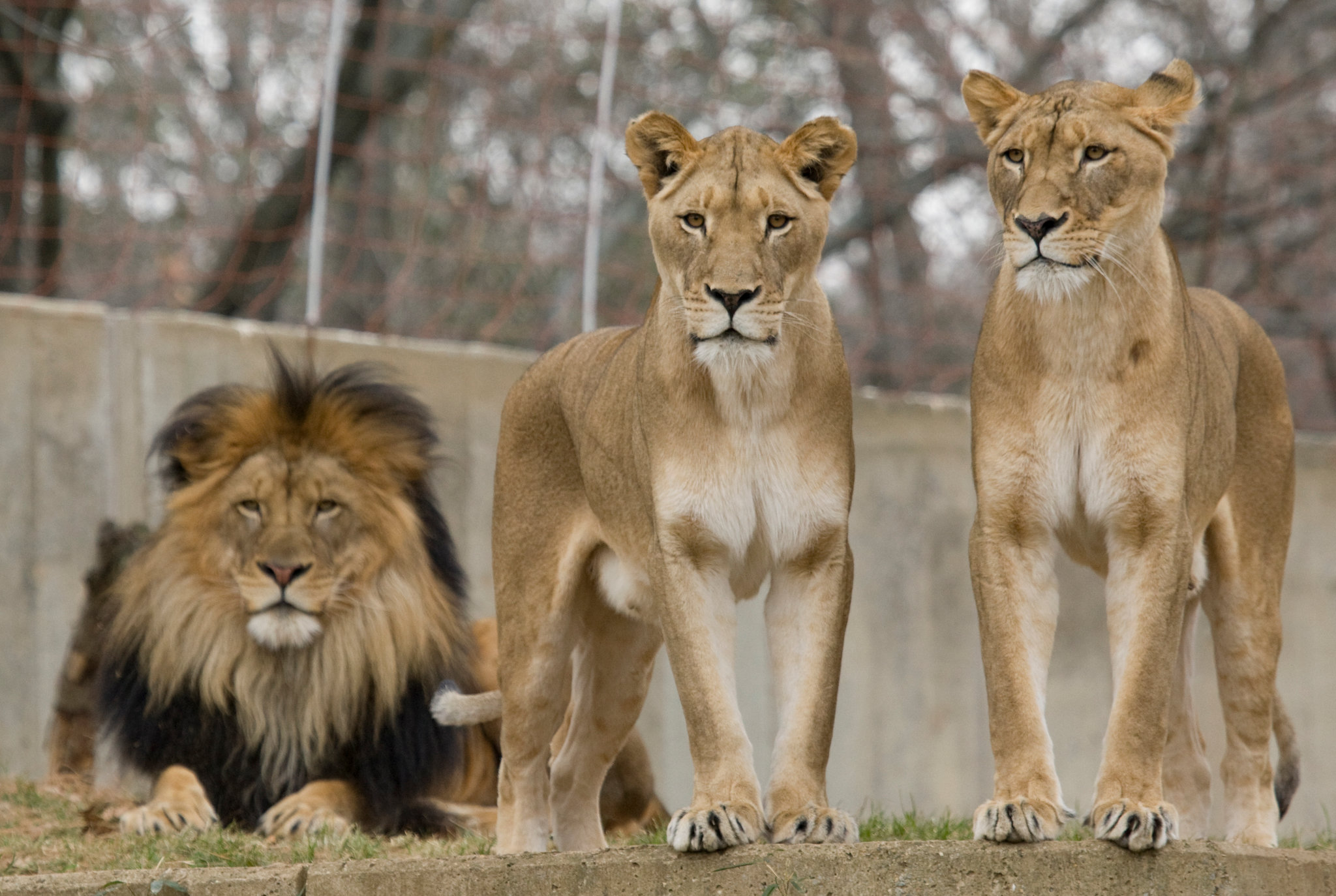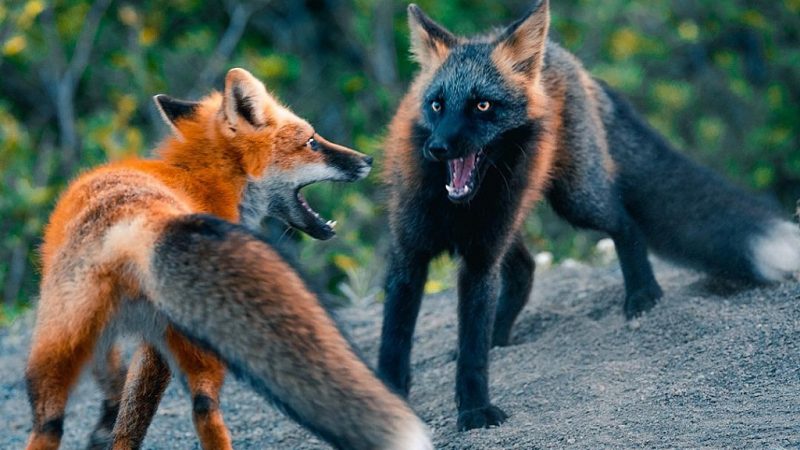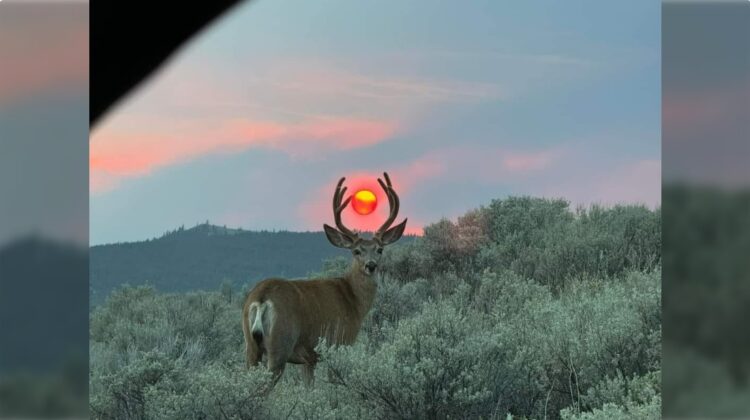How ‘The Lion King’ Misinterprets Real-Life Lion Family Dynamics
Disney’s 2019 remake of ‘The Lion King’ offers a captivating narrative set in the African savanna, complete with beloved characters like Simba, Timon, and Pumbaa. However, despite its realistic animation and engaging storyline, the movie takes significant liberties with lion behavior and family structures, according to zoologists and lion researchers.
Contrary to the film’s portrayal, real lions don’t exert dominance over other species, nor do they embark on journeys to reclaim their ancestral pride. Disney’s depiction of Simba’s father, Mufasa, reigning over the pride alongside his rival Scar, doesn’t align with the natural hierarchy of lion societies.
In reality, it’s the lionesses who hold sway within the pride. Craig Saffoe, the curator of great cats at the Smithsonian’s National Zoo, emphasizes that lion prides are matriarchal, with females assuming leadership roles in decision-making, hunting, cub-rearing, and territorial defense. Sarabi, Simba’s mother, would have been the more probable leader, challenging the conventional notion of male lion dominance.
While male lions may exhibit imposing physical characteristics, it’s the lionesses who wield authority and responsibility within the pride. They navigate critical choices, such as hunting strategies and territory protection, shaping the dynamics of lion social structures.
In essence, while ‘The Lion King’ captivates audiences with its enchanting storyline, its portrayal of lion family dynamics diverges from the realities observed in the African savanna, offering a more anthropomorphic interpretation of nature’s intricacies.








